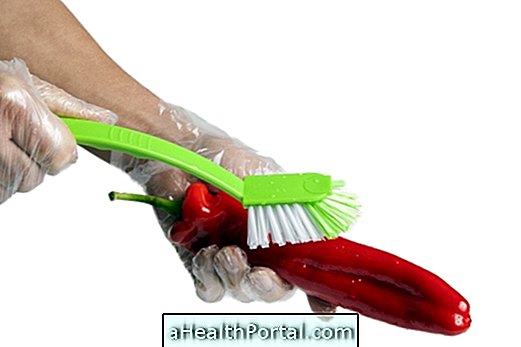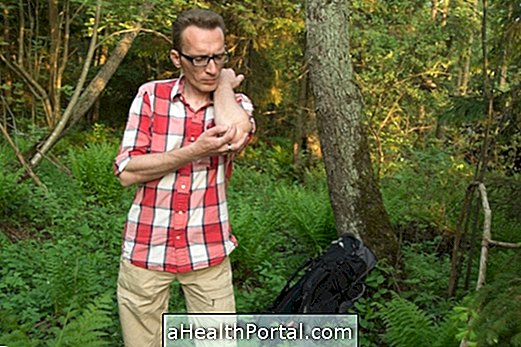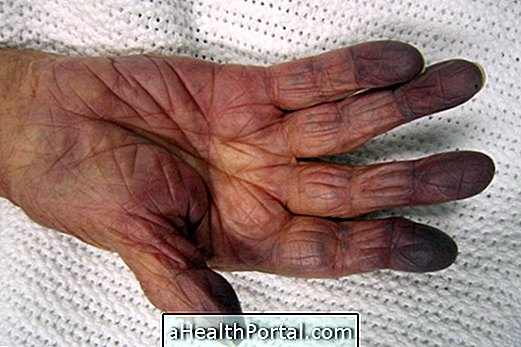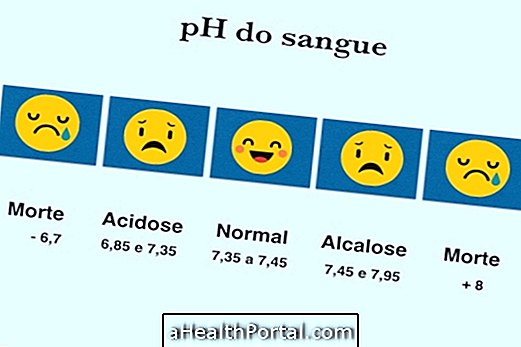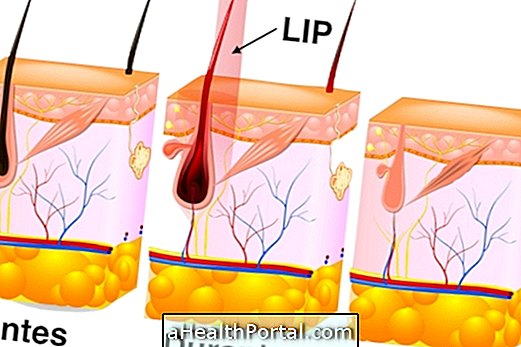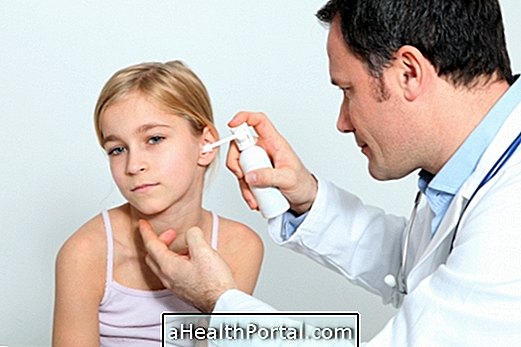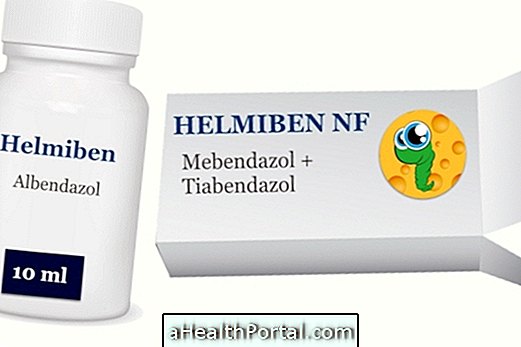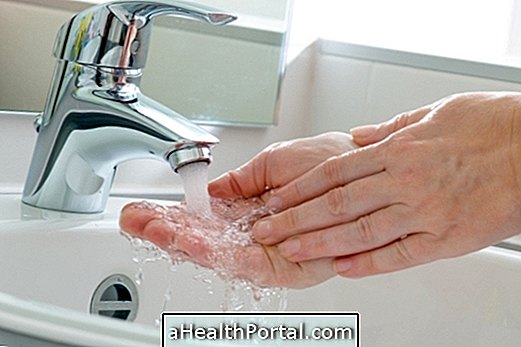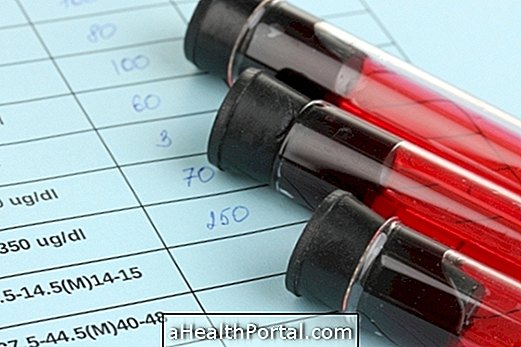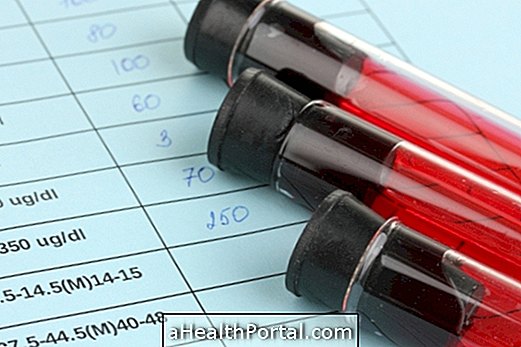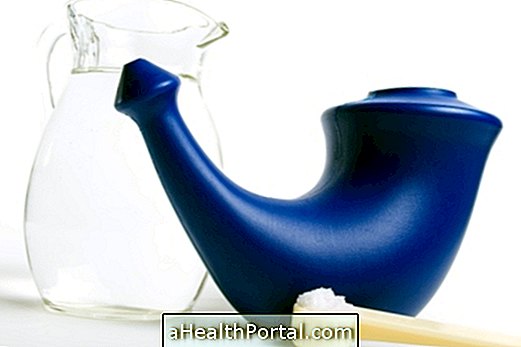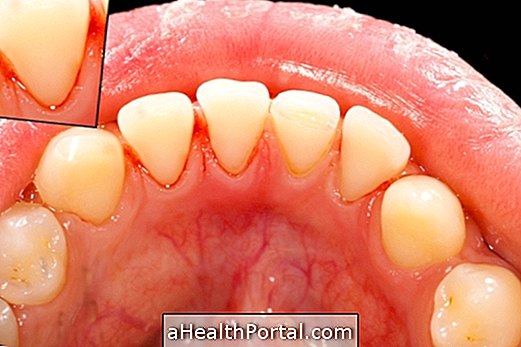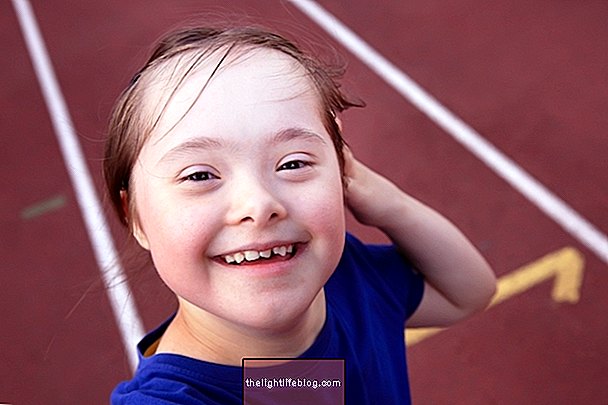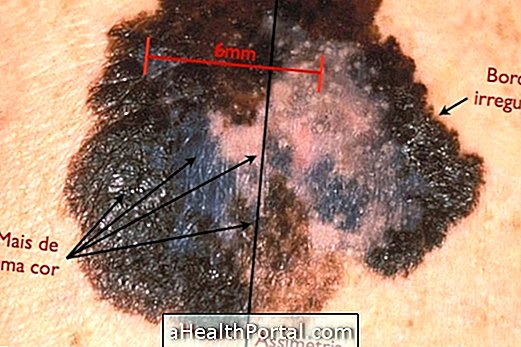Primary biliary cholangitis, formerly called primary biliary cirrhosis, is a rare and chronic liver disease that causes inflammation and progressive destruction of the bile ducts, which are small channels that carry bile from the liver to the gallbladder and intestine.
Although its causes are not clear, it is considered an autoimmune disease and influenced by genetics, which affects mainly women from 40 to 60 years.
Although there is no cure for biliary cholangitis, if treatment is started early, it is possible to delay the development of the disease, preventing the destruction of bile ducts leading to bile impaction, formation of scarring tissue without function and development of cirrhosis of the liver. Check how to identify cirrhosis of the liver.
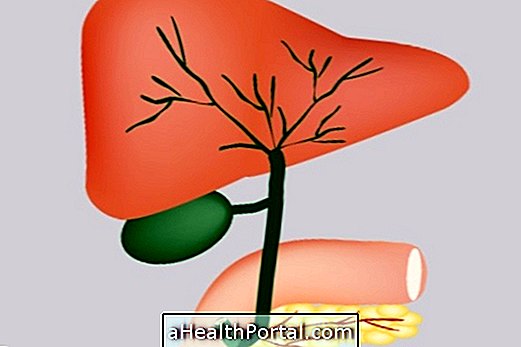
Main symptoms
In most cases primary biliary cholangitis does not cause any symptoms, so in many cases the disease continues to develop until it is discovered on routine exams or even seriously compromising the liver. At this stage, it can cause symptoms such as:
- Excessive tiredness;
- Itchy skin;
- Dry eyes and mouth;
- Muscle and joint pain;
- Swelling of the feet and ankles;
- Skin and yellow eyes;
- Diarrhea with fatty mucus.
It is also common for primary biliary cholangitis to appear in association with other autoimmune diseases, such as dry keratoconjunctivitis, Sjogren's syndrome, rheumatoid arthritis, scleroderma or Hashimoto's thyroiditis, for example.
Since the disease has a relationship with genetics, people who have cases of this disease in the family can do tests to identify if they also have bile duct cholangitis, because although it is not a hereditary disease, there are more chances of having several cases within the same family.
How to diagnose
Generally, suspicion of primary biliary cholangitis arises when changes are seen in a routine blood test done to assess liver function such as increased liver enzymes or bilirubin.
In these cases, to identify the disease, the doctor may ask for more specific tests such as dosage of anti-mitochondrial antibodies, anti-nuclear antibodies and markers of bile lesions such as alkaline phosphatase or GGT.
Imaging tests such as ultrasound or a cholangiogram may be indicated to evaluate the structures of the liver. In addition, a liver biopsy may be required if there are doubts about the diagnosis or to evaluate the progression of the disease. Learn more about liver exams.
How is the treatment done?
The goal of treatment of primary biliary cholangitis is to control the symptoms and prevent aggravation of the disease, so your doctor may recommend the use of medicines such as:
- Ursodeoxycholic acid: is the main medicine used in the treatment and helps bile to leave the liver, avoiding the accumulation of toxins in the liver;
- Cholestyramine: is a powder that should be mixed in food or drink and helps relieve itching caused by the disease;
- Pilocarpine and moisturizing drops: helps hydrate the mucous membranes of the eyes and mouth, avoiding dryness.
In addition to these, the doctor may recommend other medications, according to the symptoms of each patient. In addition, in more severe cases, liver transplantation may still be necessary, especially when the damage is already very advanced.
The obeticolic acid is a new medicine that may help in the treatment of these patients, having the function of improving the bile flow, preventing inflammation and obstruction of the bile ducts, however, to date it is not yet being commercialized in Brazil .
